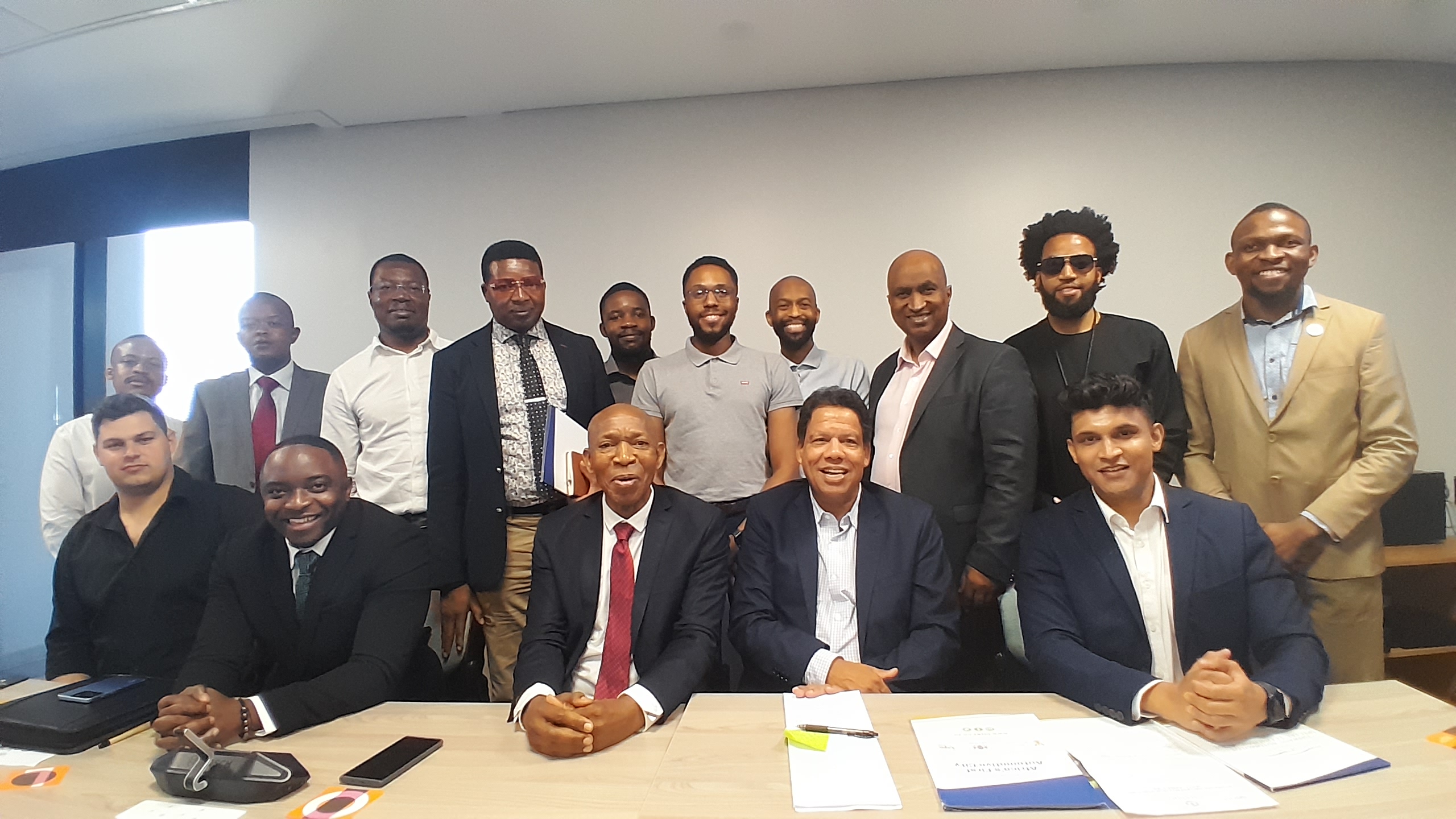
Integrated strategic partnerships are crucial in creating an enabling environment for potential investors; and the Tshwane Automotive Special Economic Zone (TASEZ) is a great example of this process.
In a high-level exploratory meeting held at TASEZ on 14 March 2024, representatives from TASEZ, the United Nations Alliance for Sustainable Development Goals (UnASDG) Intergovernmental Organisation, South Africa’s National Planning Commission, and international businesses discussed the possibility of developing strategic partnerships, with the focus being on utilising TASEZ for this purpose.
Central to the introductory discussions was how TASEZ had managed to establish Africa’s first automotive city in record time, all through the strong partnerships between the original equipment manufacturer (OEM) – Ford Motor Company of Southern Africa – and the three tiers of government.
TASEZ chairperson Lionel October explained to the visitors how the special economic zone (SEZ) had completed the first phase of development in a mere 18 months – and during Covid-19; utilising a R24-billion investment in setting up an automotive manufacturing zone that has 12 fully operational facilities and employs 3 500 people.
“This was a pilot project of a new integrated strategic partnership to be used by SEZs in South Africa,” October explained. It is a three-tier partnership between national government that focuses on the high-level structure, provincial government that provides funding for the infrastructure within the zone, and local government that provides infrastructure such as roads and electricity into the zone.
Globally, successful SEZs, in China, Japan, and South Korea, for example, focused on modern, new industries and were based on entire cities, October noted. “South Africa, however, took a different approach, focusing on reindustrialisation in under-developed areas.”
Under the leadership of CEO Dr Bheka Zulu, TASEZ unlocked the potential available in strategic relationships, opening an investor-friendly hub for OEMS and the manufacturers of automotive components. In addition, it laid the framework to engage with local communities, creating job opportunities for local small, micro and medium enterprises (SMMEs) and workers. Phase 1, for example, saw R1.7-billion spent on SMME procurement.
This was done with TASEZ playing a significant role in answering the United Nation’s call to implement the Sustainable Development Goals (SDGs). TASEZ’s operations answer a number of the SDGs, particularly Goal 1 to end poverty, Goal 8 to provide decent work and economic growth, Goal 9 to build resilient infrastructure using innovative technology, and Goal 12 to ensure sustainable production patterns.
During phase 1 TASEZ ensured that local community members were provided with economic opportunities; construction embraced green sustainable building materials and methods; and innovative technologies, including high-speed internet and green energy solutions, were made available to potential investors.
TASEZ is now preparing to roll out phase 2 of the project – a mixed-use development, which will include incubator programmes to create opportunities for new, emerging suppliers for the automotive component manufacturing sector.
Responding to the information shared by TASEZ, UnASDG ambassador Deacon Mathe described how the alliance was focused on making sure the UN’s SDGs became a reality in South Africa.
The alliance focuses on monitoring, providing an analysis, funding, and support to members from all the countries represented in the UN.
After the discussions, the group toured the facilities in TASEZ’s phase 1.
